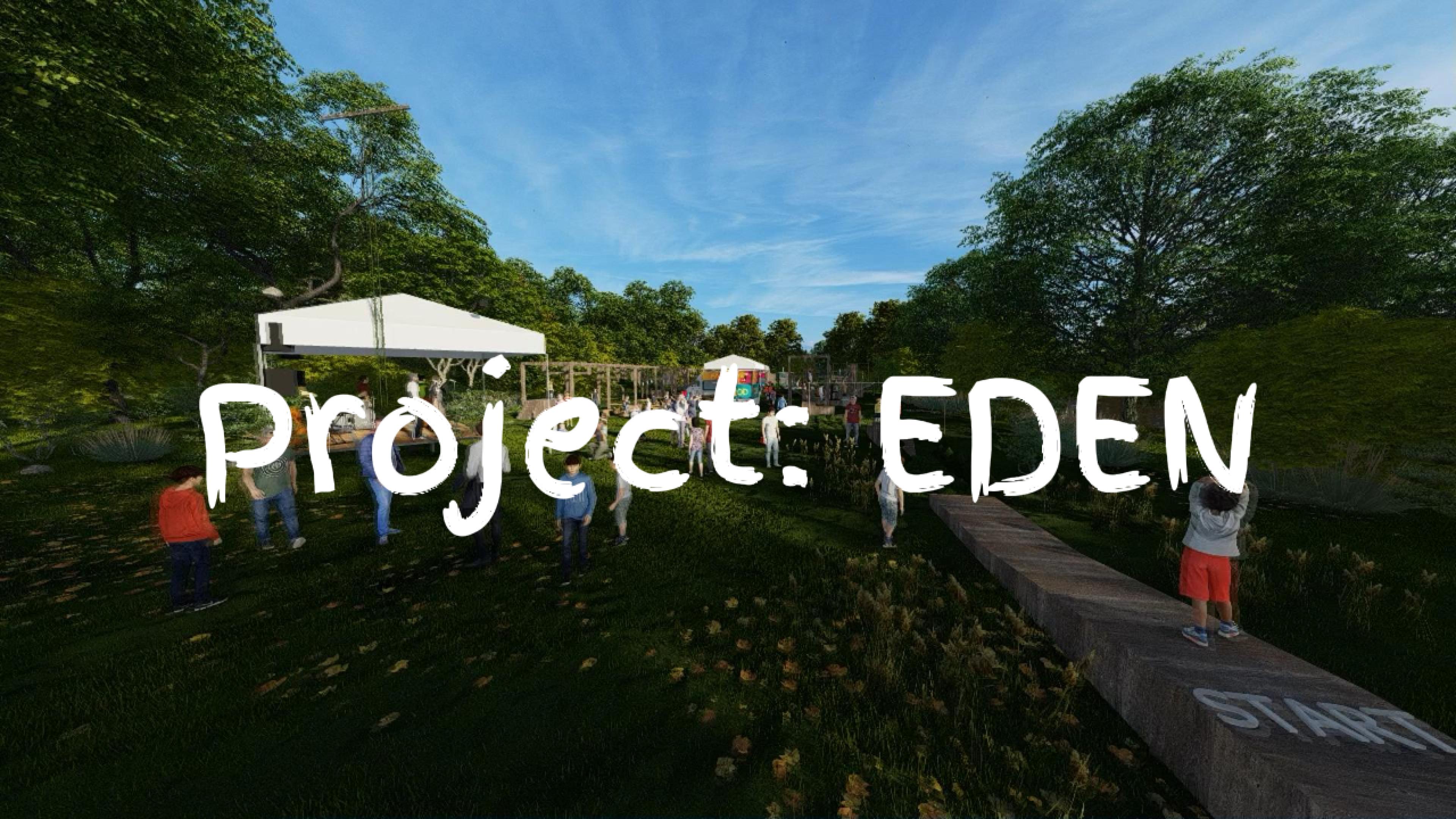Project for Hi5h Five Innovation Arena
"Prins Bertils Stig"
(stig = trail)
This was the first project I did on my own! The client was hi5h five innovation arena, in Halmstad and their project outline entailed developing a digital solution for Prins Bertils Stig, a coastal trail in Halmstad, to enhance public health and well-being while promoting sustainability awareness. My goal was to create an engaging and informative experience that encourages outdoor activity and fosters a deeper connection with nature. Unlike previous design studio briefs, we were given only this statement question, accompanied by a presentation encouraging us to choose this track. This allowed for unrestricted creativity and innovation, ultimately leading to the development of a dynamic digital concept solution.
Project Brief:
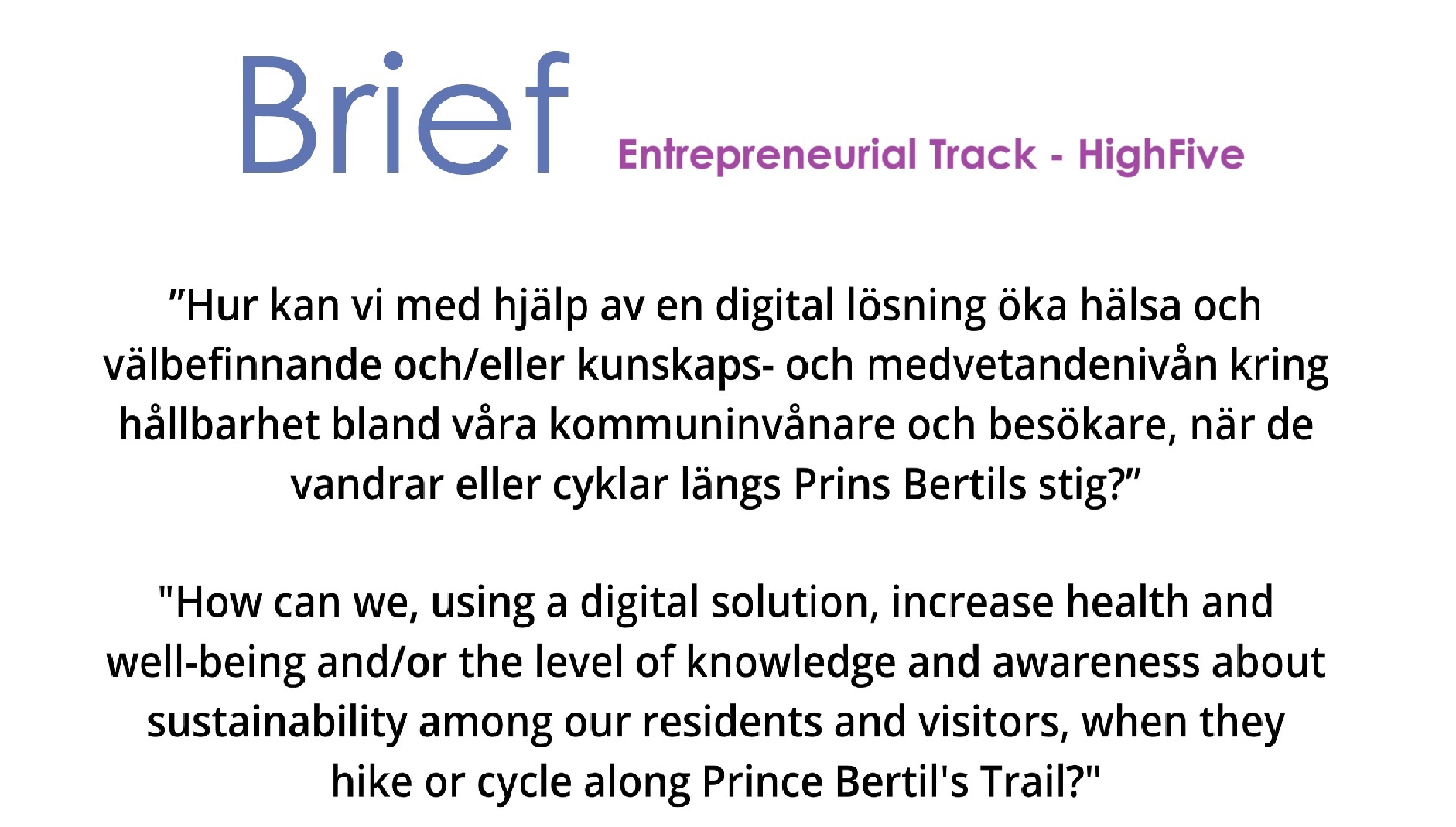
The First Steps: Research
All great designs begin with research! In this project, the research phase started with an in-depth exploration of Prins Bertil’s Trail, both online and in real life. Netnography was conducted by analysing online communities, reviews, and social media discussions to understand how hikers interact with the trail, what they enjoy, and the challenges they face.
This research provided valuable insights into user needs, common pain points, and opportunities for improvement, laying the foundation for an engaging and user-centered digital concept solution.
Background: In recent years the use of computers and hand-held devices has increased to astonishing highs, with the average user totalling up to 7 hours of screen time a day.
At the same time, physical movement has been compromised, and the overall general health has decreased, contributing to growing concerns about the impact of sedentary behaviour on physical health.
Harvard T.H. Chan School of Public Health, (2024), recommends and promotes the health benefits of spending time outdoors in nature, as well as decreasing screen time. They state that this boosts physical and mental well-being, by stimulating different senses and giving people a break from overstimulation from urban environments. This while restoring mental health, improving mindfulness, increasing positive emotions and decreasing anxiety.
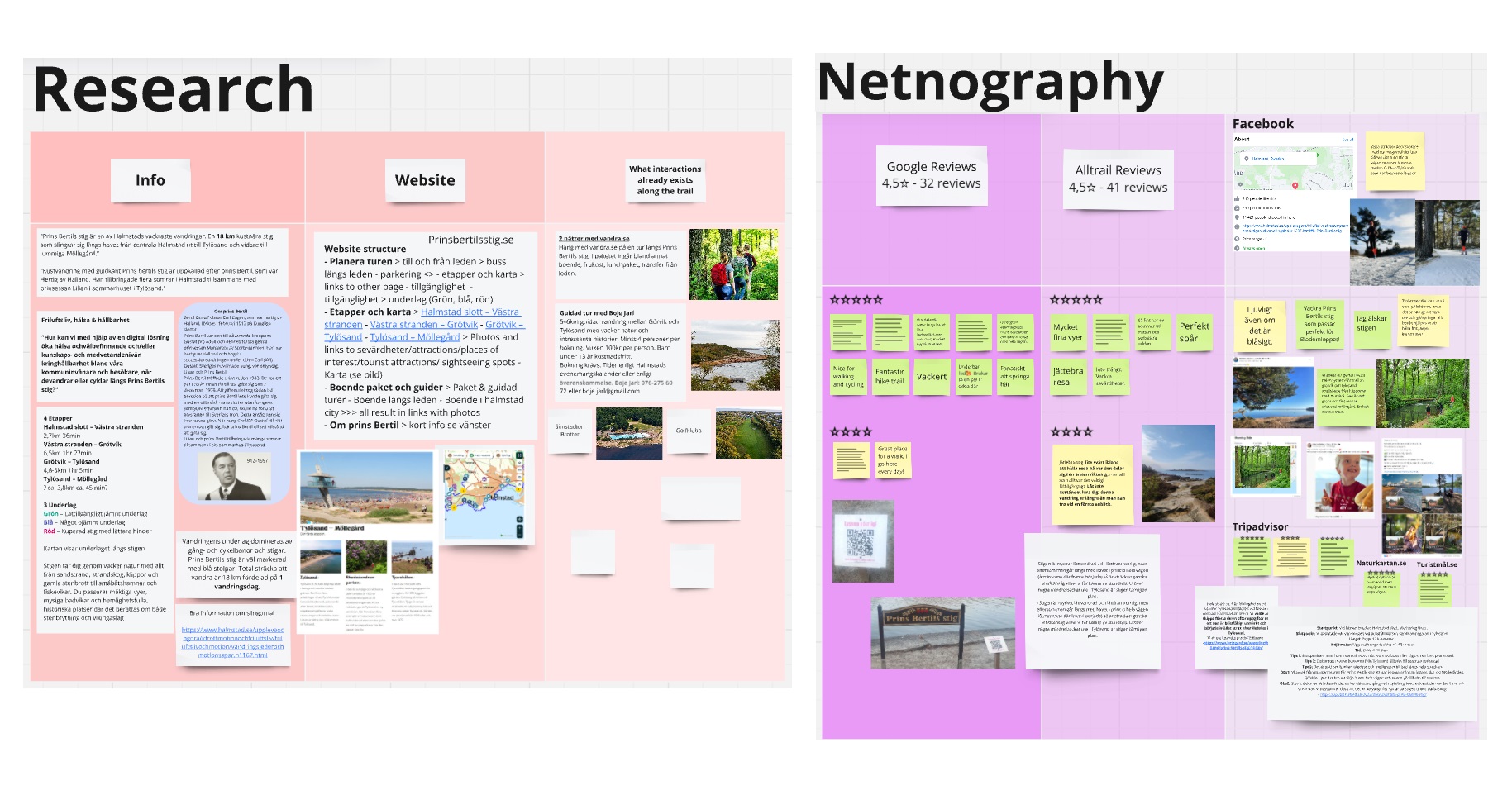
Walk-through
A virtual walk-through using Google Maps was conducted alongside a physical exploration of the trail to identify potential issues with signage and navigation in both digital and real-world contexts. This dual approach helped pinpoint areas where wayfinding could be improved, ensuring a seamless experience for hikers both before and during their journey.
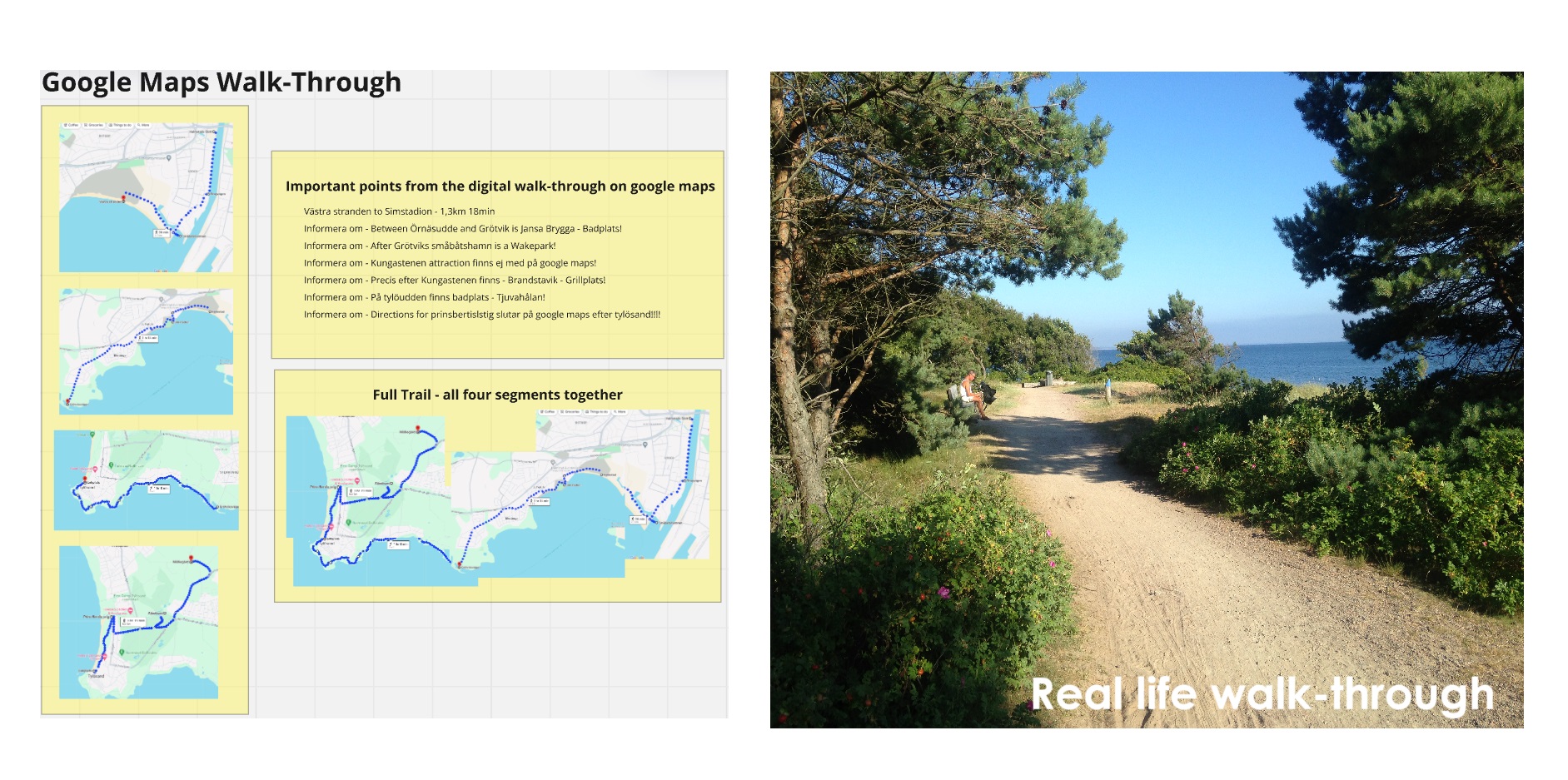
Digital Surveys
An online survey was created and distributed to gather valuable insights into people's health, walking, and exercise habits, as well as to understand their preferences and expectations for an enhanced trail experience. The survey aimed to identify key motivators, pain points, and desired features that could improve engagement and accessibility on the trail.
Initially, the survey was fairly broad, gathering general information about participants' health, walking, and exercise habits, as well as their basic expectations for a trail experience. However, after reviewing the initial responses, a more in-depth follow-up survey was developed. This second survey delved deeper into participants' emotions, motivations, and personal connections to hiking, exploring how nature influences their well-being and what features would make their experience more engaging and fulfilling. This iterative approach ensured a richer understanding of user needs and preferences.
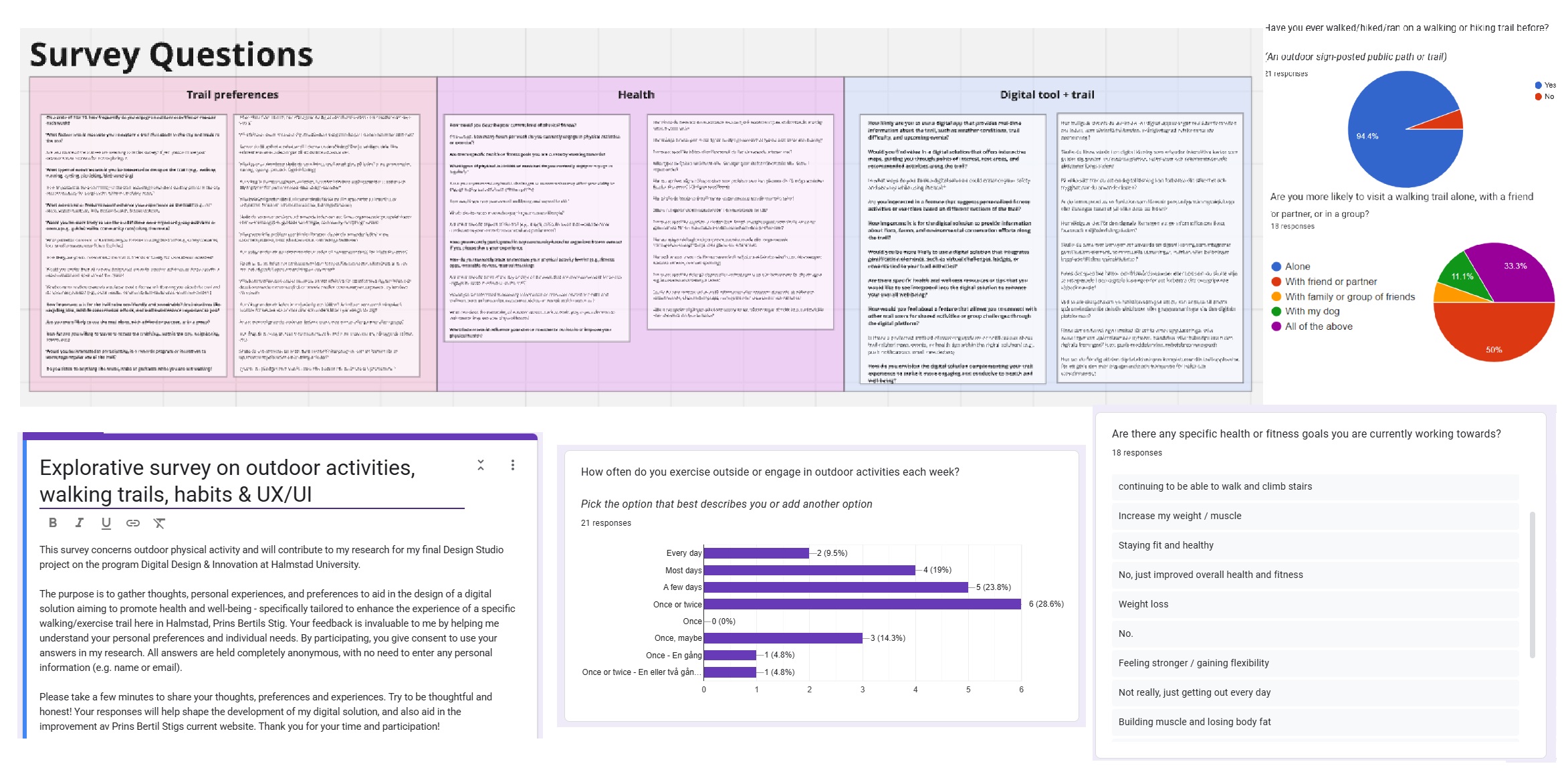
Analysis
Data from netnography, surveys, and trail observations was analysed to uncover key insights and user needs.
Survey Findings
• The initial survey provided general insights into walking habits and trail expectations.
• The follow-up survey revealed deeper emotional connections, highlighting wayfinding issues, lack of engagement, and interest in sustainability.
Netnography insights
• Online discussions showed frustrations with unclear signage and missed scenic spots.
• Many users expressed a desire for eco-conscious features and educational content.
Real-life Observations
• The Google Maps walk-through and physical visit confirmed navigation challenges, validating user concerns.
Key Takeaways
• Wayfinding needs improvement both digitally and on-site.
• Users seek interactive and gamified engagement to enhance the experience.
• Sustainability awareness is a priority, with interest in local nature and conservation.
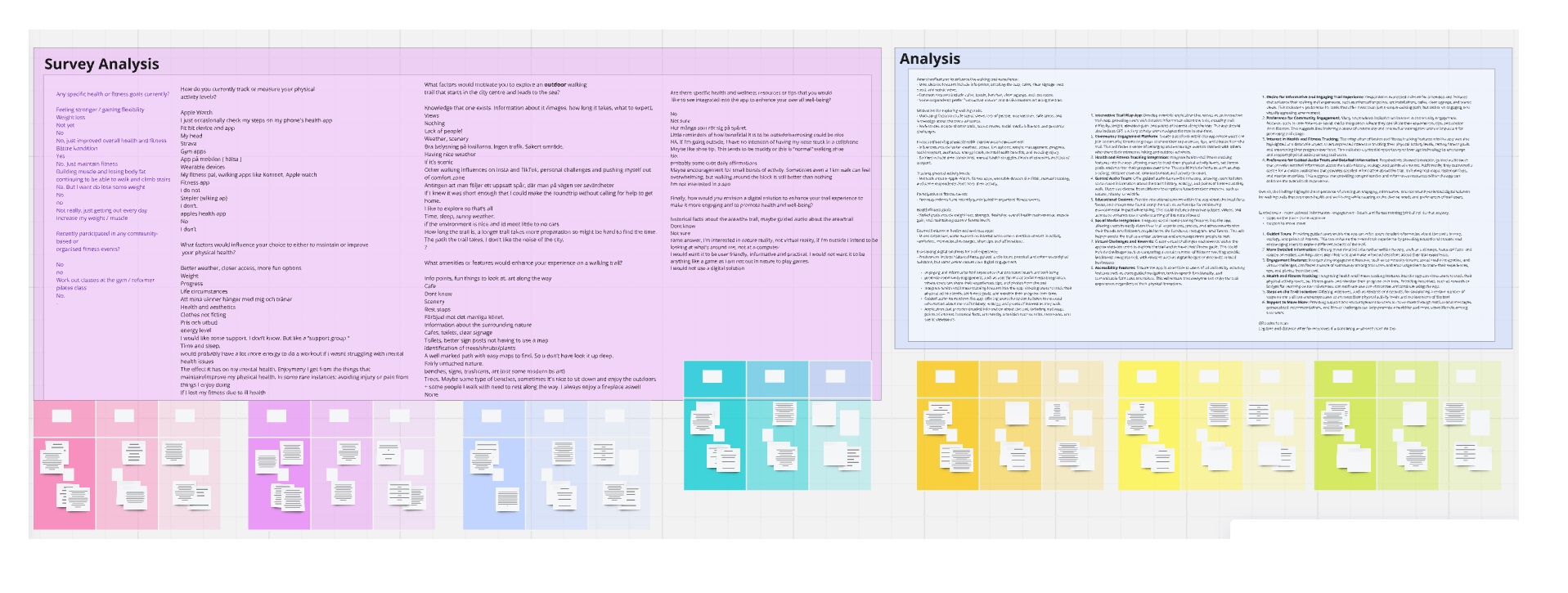
User Personas based on Survey Insights
From the survey data, I identified three key personas that represent different user needs and motivations for engaging with the digital hiking trail experience. These personas help tailor the design to address real-world concerns and encourage adoption.
#1 - The Cautious Newcomer
"Afraid to go out at night alone"
Demographic: New in town, unfamiliar with the area.
Pain Points: Feels wary and unsafe walking alone, especially at night.
Needs: A safe and guided experience with features like group meetups, real-time tracking, or route recommendations for well-lit paths.
#2 - The Social Explorer
"Seeking people with similar hobbies"
Demographic: Loves the outdoors but prefers shared experiences.
Pain Points: Feels lonely when hiking solo and struggles to find like-minded people.
Needs: Features that connect users with similar interests, such as community events, friend-matching based on activity level, and shared trail experiences.
#3 - The Digital Detox Seeker
"Be more active, social, and healthy"
Demographic: Leads a sedentary lifestyle, spends too much time on screens.
Pain Points: Finds it hard to stay motivated for outdoor activities.
Needs: A system that gamifies hiking, offering challenges, health tracking, and reminders to encourage consistent outdoor activity.
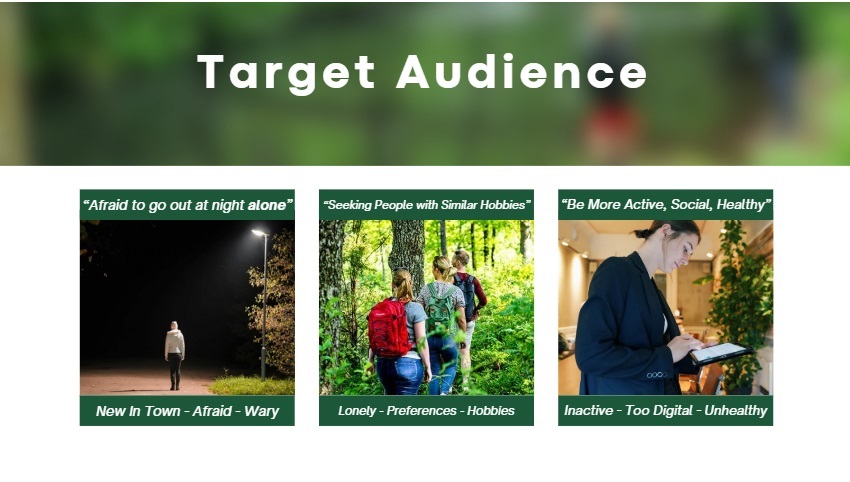
Ideation & Problem Definition
The ideation phase began with a deep dive into user pain points uncovered during research, netnography and surveys.
Key challenges identified included:
• Lack of Digital Engagement – There were limited digital tools available to enhance the hiking experience, with minimal interactive or informative content accessible to users.
• Wayfinding Difficulties – While the trail is well-known, some areas lacked clear signposting, making navigation challenging for new hikers, especially tourists or those unfamiliar with the route.
• Missed Opportunities for Sustainability Education – While the trail is surrounded by rich natural beauty, there was little information available to educate hikers on local flora, fauna, and environmental conservation efforts.
To tackle these challenges, a brainstorming and ideation session was conducted, exploring a variety of creative solutions. Techniques such as mind mapping, sketching, and user journey mapping were used to generate ideas that could enhance the user experience.
Some key concepts that emerged included:
• A digital hiking companion – A mobile-friendly platform providing real-time navigation, interactive storytelling, and guided experiences tailored to different user groups.
• Gamification elements – Introducing challenges, achievements, and eco-friendly rewards to encourage exploration and sustainability awareness.
• Augmented reality (AR) features – Enhancing engagement with AR-based educational points along the trail, allowing users to learn more about the environment in an interactive way.
• Community-driven content – Enabling hikers to share experiences, photos, and sustainability tips within the platform to foster a sense of community.
This ideation phase played a crucial role in shaping the digital concept solution, ensuring it was both user-centric and aligned with the project's goals of promoting health, well-being, and sustainability.
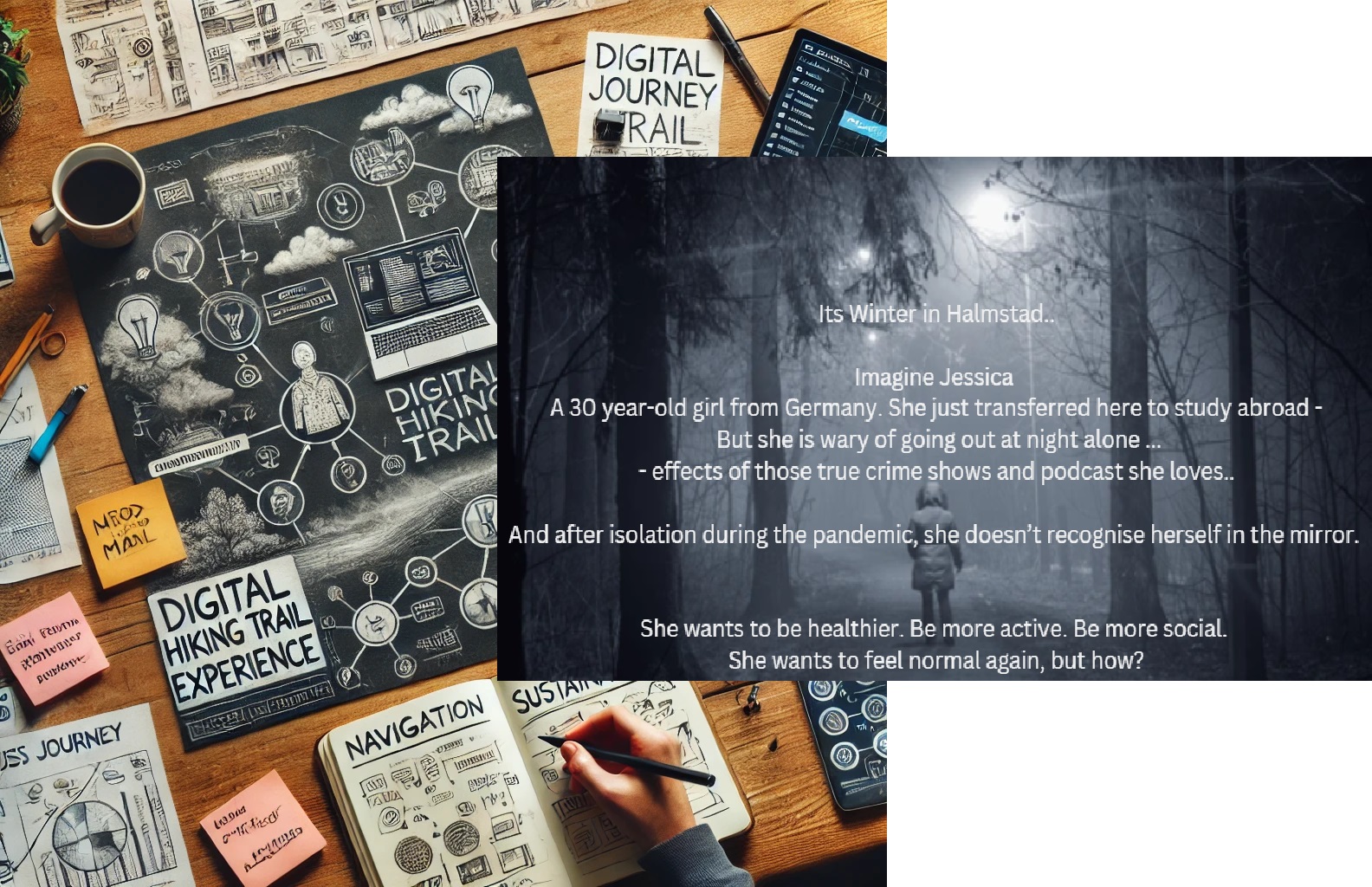
✨Final Concept✨
After diving deep into user needs, uncovering hidden frustrations, and mapping out hiker habits, the final concept emerged—a dynamic Interactive Community-based App, designed to transform the Prins Bertil Trail experience.
The app serves as a digital companion, offering:
✅ Gamification & Challenges – Encourage physical activity through interactive trail challenges and rewards.
✅ Safety Features – Route recommendations, night-safe trails, and real-time tracking for a secure experience.
✅ Sustainability Awareness – Educational content on local wildlife, eco-friendly initiatives, and conservation efforts.
❇️ For individuals who are new to the area and feel uncertain about exploring alone, particularly at night, the App provides safety features, such as real-time location tracking, route planning, and community recommendations for safe, popular trails.
❇️ For users looking for social connections and shared experiences, such as group hikes, fitness events and other social activities, the App facilitates community-building by offering a platform to connect with others who share similar hobbies, making the trail experience more interactive and social.
❇️ For those who seek to improve their physical activity levels and overall well-being but may struggle to find motivation, the App engages them with personalised fitness goals, health tracking, and rewards, making outdoor activity more accessible and appealing for them.
To complement the app and align with the existing website, a refreshed and updated website was designed, ensuring a cohesive and modern user experience. The redesign maintains consistency with the app while improving accessibility, information flow, and engagement.
This holistic digital solution aims to promote health, social interaction, and sustainability while making the trail experience more immersive and user-friendly. 🌿📱🚶♂️
📱🚴♀️🌿Reconnect. Explore. Thrive!🌿🚶♀️📱
Link to view final prototype in Figma ⬇
 Click Here
Click Here
Check out my other projects below!
